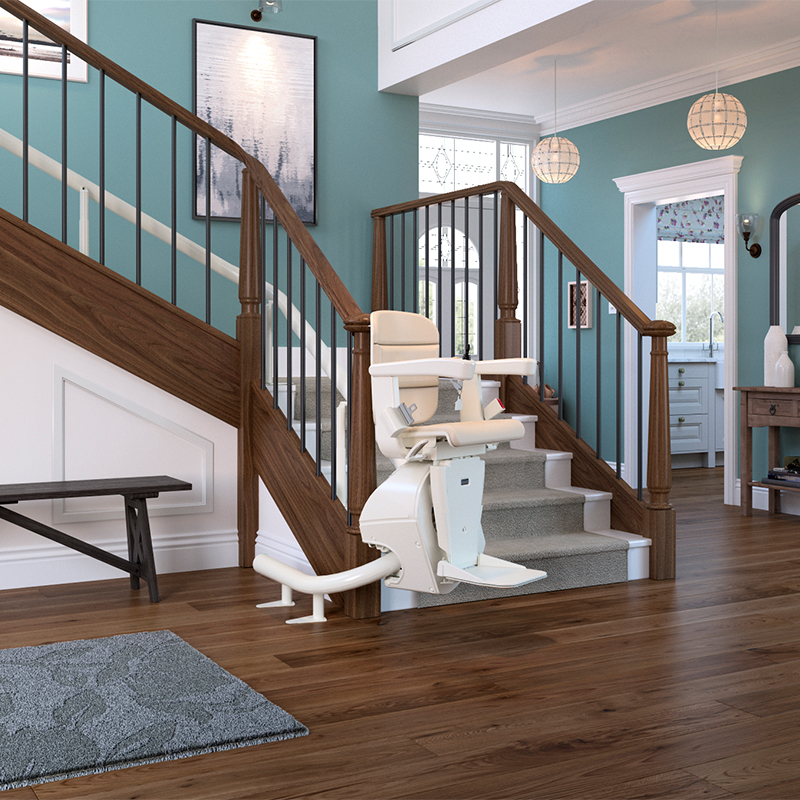Growing old is a phenomenon that happens to all of us. Our bodies gradually become weaker, and our senses duller as years pass by. Although some of the elderly population go through their transition as gracefully as possible, others go through accidents (check it out) due to these biological changes. These accidents can be categorised as falls, wherein an individual, usually older people with impaired reflexes and mobility issues, falls from a significant height.
Falls aren’t the only problems elderly individuals face daily. Even the simplest act of climbing the stairs ends up being an access barrier where joint pains are concerned. This robs them of their sense of control and could also be a big problem if their bedroom and bathroom are located in the second storey. And unless you have the funds to move their stuff to the 1st floor, there is one cheaper option: Stairlifts.
What Are Access Barriers?
In medical terms, access barrier is a term used for people with disabilities and the elderly. It means the inability of these individuals in accessing resources and knowledge due to their condition. In other words, these groups of people have a lower chance of gaining said knowledge and resources compared to those without such barriers. From a different angle, access barriers are physical obstacles that older people face that bar them from accessing a part of their own home.
Such obstacles are staircases and other areas that can exert more effort than they can spare in their current condition.
Why Do The Elderly Have A Lack Of Accessibility?
One important reason why they even experience such a problem is usually a condition that comes with age. Usually, it’s in the form of joint pains that worsen whenever strenuous activities are involved in their activities (e.g. jogging, squatting) such as osteoarthritis and osteoporosis. Such conditions impede older adults from climbing the stairs or carrying heavy objects between a short distance from point A to point B.
Another possible reason is mobility issues, where they have lost the use of one of both legs entirely. It can be temporary, like a broken bone, or a chronic condition, such as spine problems.
Whichever your problem is, there’s one feasible solution that can address both of them. Stairlifts have been peaking in popularity since decades ago, but it’s in the age of modern technology today that its potential has finally been achieved.
How Stairlifts Helps Overcome Access Barriers
Stairlifts are machines attached to the rails of a staircase to serve as an up-down mode of transportation. They’re in the form of chairs and can differ from feature to safety, depending on which company has invented said brand. However, we can assure you that most of them use sturdy, thick straps with belt-ends or velcro. This is to ensure the rider does not slip or fall off in the middle of the ride.
Stairlifts help overcome access barriers because it grants the elderly a way to climb the stairs without risking their health and welfare.
